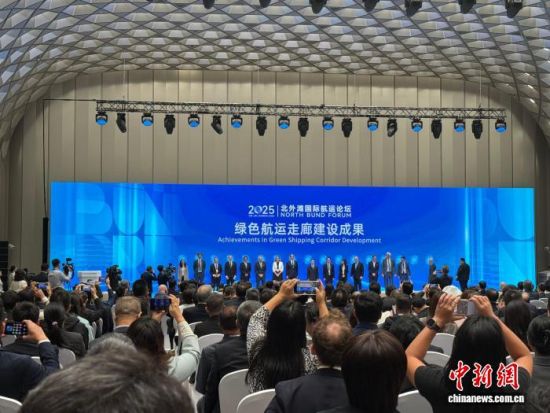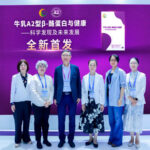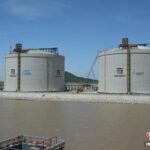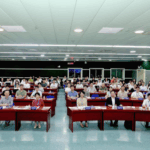Why have global shipping leaders gathered by the Huangpu River for five consecutive years?
“Initially we were concerned about having too many similar forums domestically and internationally, and whether the North Bund International Shipping Forum could sustain itself. Unexpectedly, participants showed great enthusiasm and even proactively reserved spots for the next forum,” said a shipping exchange executive.
From the 19th to the 21st, the fifth North Bund International Shipping Forum was held at the World Meeting Room by the Huangpu River. Experts from over 50 countries and regions in the shipping industry and supply chain gathered on site, including many familiar faces. Amid rapid changes in global shipping patterns, why does this forum maintain such high return attendance, attracting global shipping leaders to return for five consecutive years?
Returning to the forum, the executive director of a major port authority still wore a pin symbolizing international friendship: “I wore it last year too, not for fashion, but to demonstrate the importance of bilateral cooperation.” In his view, compared to video calls and emails, face-to-face communication better sparks inspiration. “Industry peers from various countries share considerable consensus on issues like green shipping. This serves as both a learning platform and a bridge for friendship.”
Beyond providing opportunities for old friends to reunite, the forum also accelerates the realization of cooperative intentions. This marked the third attendance for a port authority vice president, who witnessed the signing of a declaration between two major ports to jointly build a green ro-ro shipping corridor.
In 2022, one port became Europe’s largest export port, automobile port, and integrated chemical cluster, with container transport volume between it and China exceeding 1.7 million TEUs. That same year, another port’s container throughput exceeded 47.3 million TEUs, maintaining its position as the world’s largest. As key global shipping hubs, this laid the groundwork for subsequent deeper cooperation between the two ports.
At the 2023 North Bund International Shipping Forum, the vice president exchanged views with Chinese shipping industry representatives, noting that their port serves as an important bunkering hub, already prepared for LNG bunkering and future adoption of alternative fuels to meet climate change goals.
Now that cooperative intentions have finally taken root, the vice president expressed satisfaction: “This collaboration involves not just two ports, but participants across the entire supply chain including shipping companies and terminals.”
This year’s forum opened earlier than previous editions. Many international shipping professionals found long-haul flights sold out when booking tickets and worried about arriving on time. “Everyone was concerned about how to get here promptly. I’m very glad I made it,” said a regular attendee for five consecutive years, who also serves as chairman of an international port association and CEO of a major European port. He didn’t want to miss this grand event: “Here I can communicate with various governments, shipping companies, and international organizations. With government support, cooperation becomes much easier to implement.”
A forum planning participant noted that “premium quality” and “internationalization” are key factors that differentiate this forum. From its inaugural session, the forum established a “government + international organizations + market entities” structure, being the only shipping forum in the country that consistently invited heads of UN specialized agencies. Additionally, each session releases over ten outcomes addressing industry hot topics.
As the platform improves and international organizations join, the cooperation facilitated by the forum continues to deepen and systematize, covering broader areas. Seeing continuous results materialize, industry leaders who understand the significance of international alignment have returned.
Unlike last year when she attended with just one colleague, this time she brought an 18-person team: “Last year’s experience was good, this year’s is even better. There are more outcomes than previous years, and I witnessed the grand scale of international cooperation.”
Today, the North Bund International Shipping Forum continues to expand China-foreign shipping cooperation, extending its reach to Belt and Road partner countries.
“If you seek cooperation, we are ready.” During this forum, a minister from an Asian country repeatedly emphasized this message.





